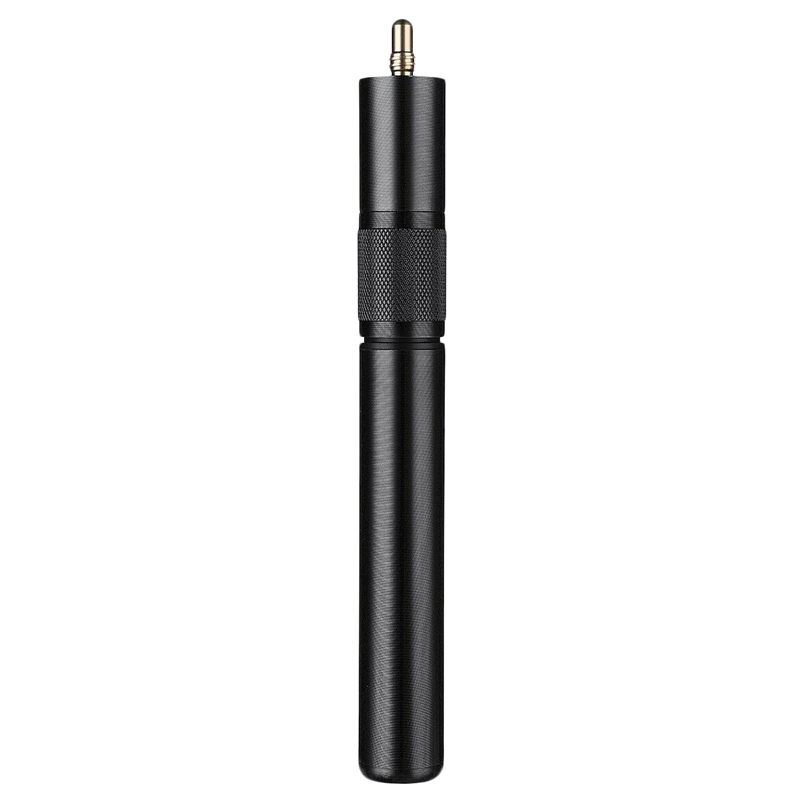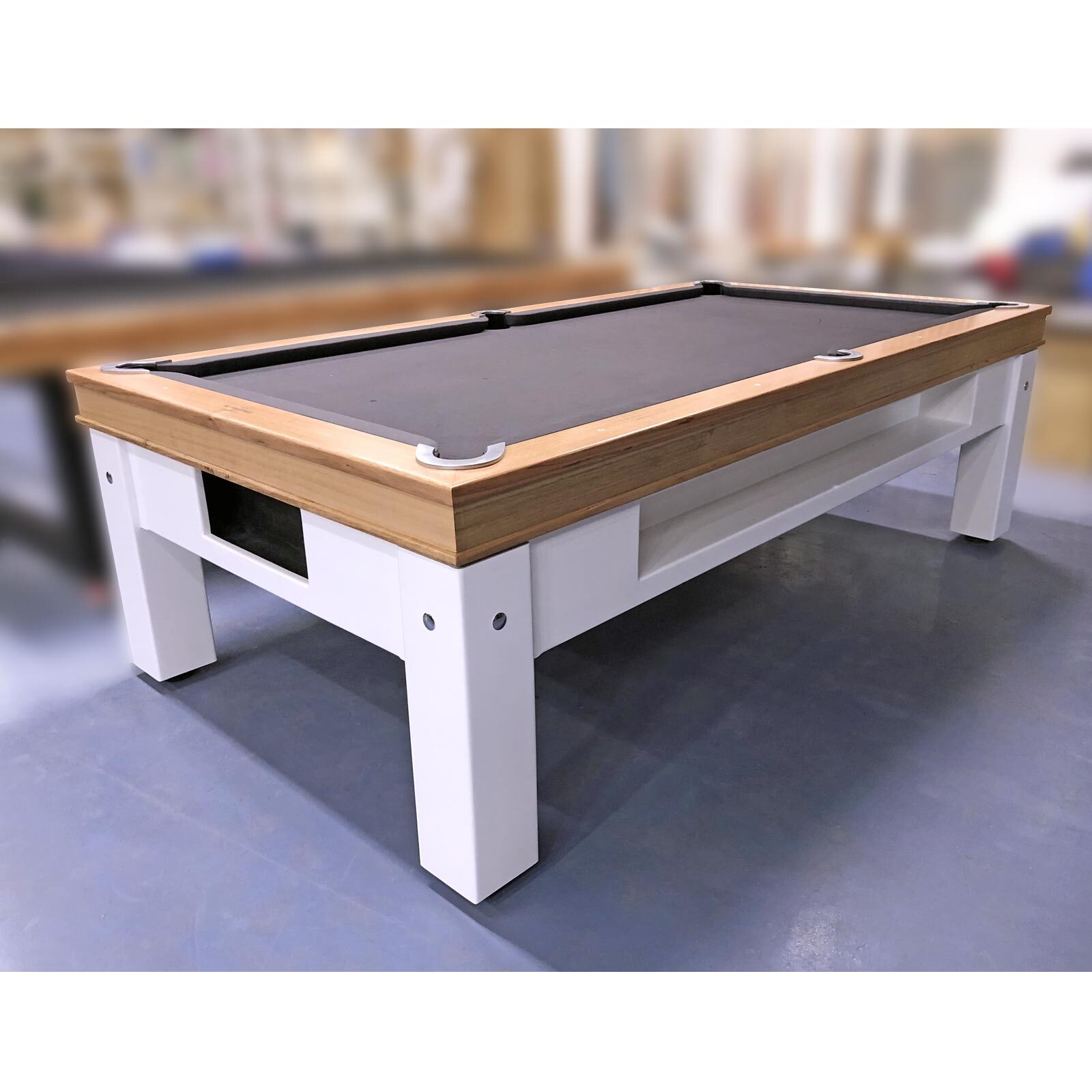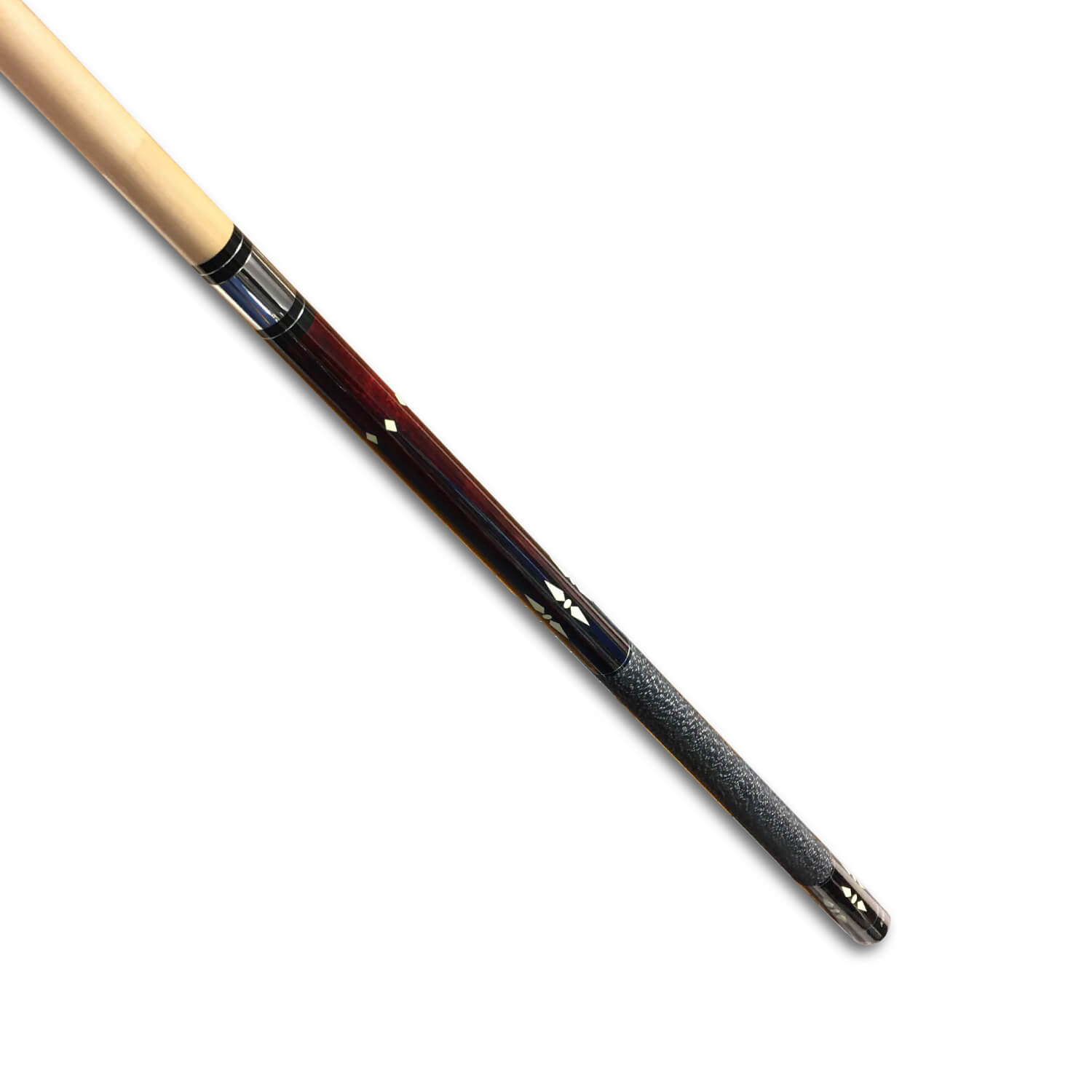
A cue ball spin diagram is an illustration that shows the relationship between a cue ball's spin and its trajectory. This information can be useful in helping players improve their skills and increase their chances for pocketing. Even if you're a newbie to pool, you might not realize the extent of your control over the ball. There are some expert tips that will make your game much easier.
There are many ways you can achieve good spin with a cueball. The most important thing is the squirt angles, which refers to the direction in which the ball bounces. A ball without spin will bounce at a shorter angle. However, a cue ball that has some spin will rebound at an extended angle.

While the squirtangle is not a direct measure of how much spin the ball has, it can indicate the direction that the squirt is moving. A cueball that has a high degree of squirt will bounce in the right directions. There are many factors that influence the amount of spin, such as how heavy the ball is, how hard it strikes, how far it is struck, what angle it is struck at, quality of cushion and how fast it is hit.
While the squirt angle does not depend on the ball's mass, it is a simple function of the impact parameter. As the ball travels at a slower rate, a lower cueball strike will result in an increase in the squirt angles. It is best to strike harder to maintain a small squirtangle.
Cue ball rotation can take many forms, including a side spin or top spin. During a shot, the cue ball will follow the tangent line, which is a 90-degree angle away from the object ball's direction. The trajectory of the cueball is affected more by top and bottom spins than any other. The spin of the cue ball can be affected by various cloths and tables.
The squirt angle can be used to deflect the ball even though it is not dependent on the object ball's mass. If the object is too far away, or the ball is not an appropriate target, then the squirt is unlikely. This factor is crucial in determining whether a shot will be successful. If the shot is done correctly, the angle of the ball will be decreased.

The speed at which you hit the cue ball can determine how quickly it leaves the tangent line. This means that while the ball travels further, it will bounce back at a shorter angle. Therefore, a good rule of thumb is to use a faster stroke for a left spin and a slower stroke for a right spin.